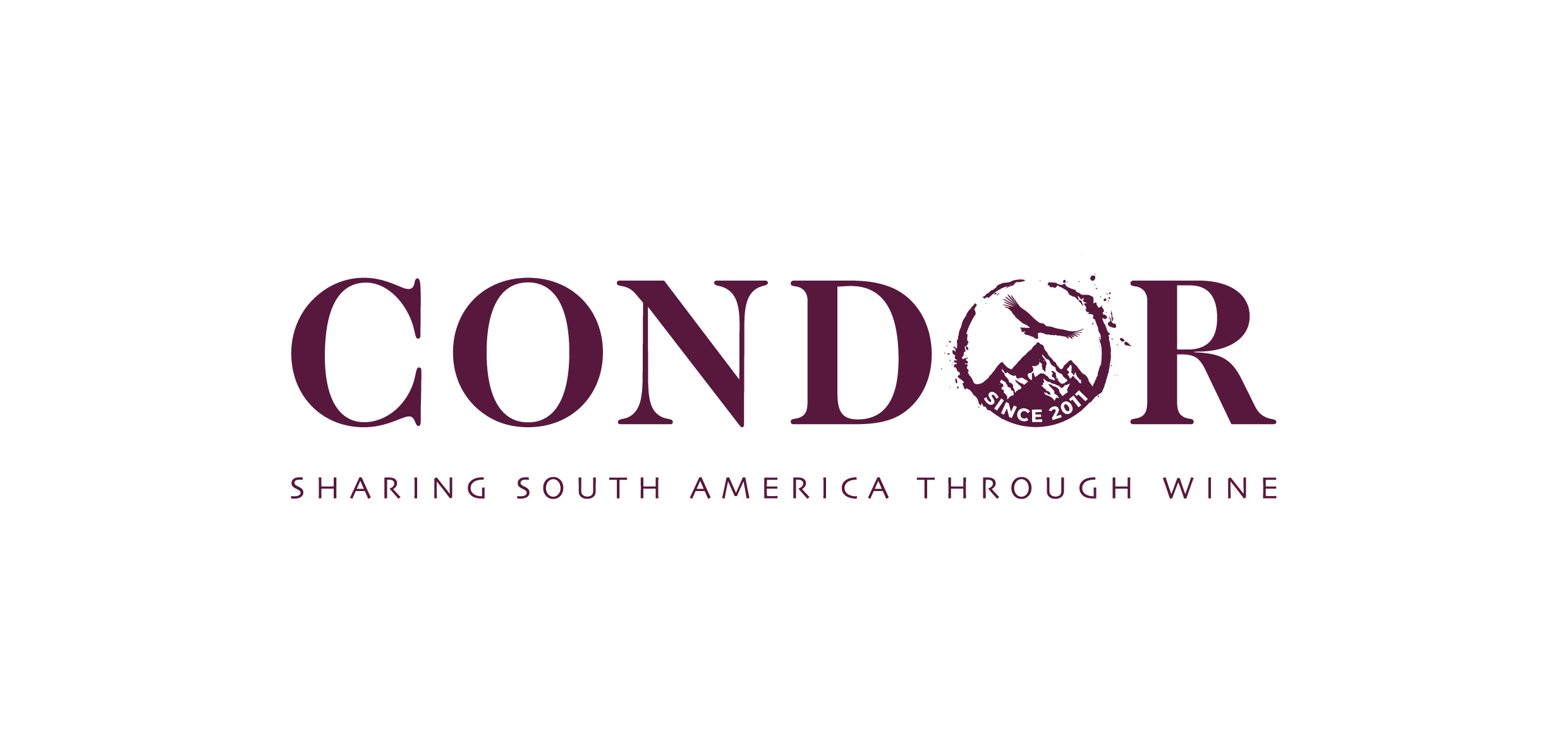There are a couple of numbers that tell you almost everything you need to know about the success of the Margaret River region: representing just 2% of Australia’s annual grape crush, it accounts for well over 20% of the country’s premium wine exports.
In vinous terms, Margaret River is among the newest of the so-called New World regions, a precocious youth, established within the lifetime of some of those still tending its vines, yet it enjoys a reputation worthy an Old World Master, justly occupying a place at the pinnacle of Australian wine.
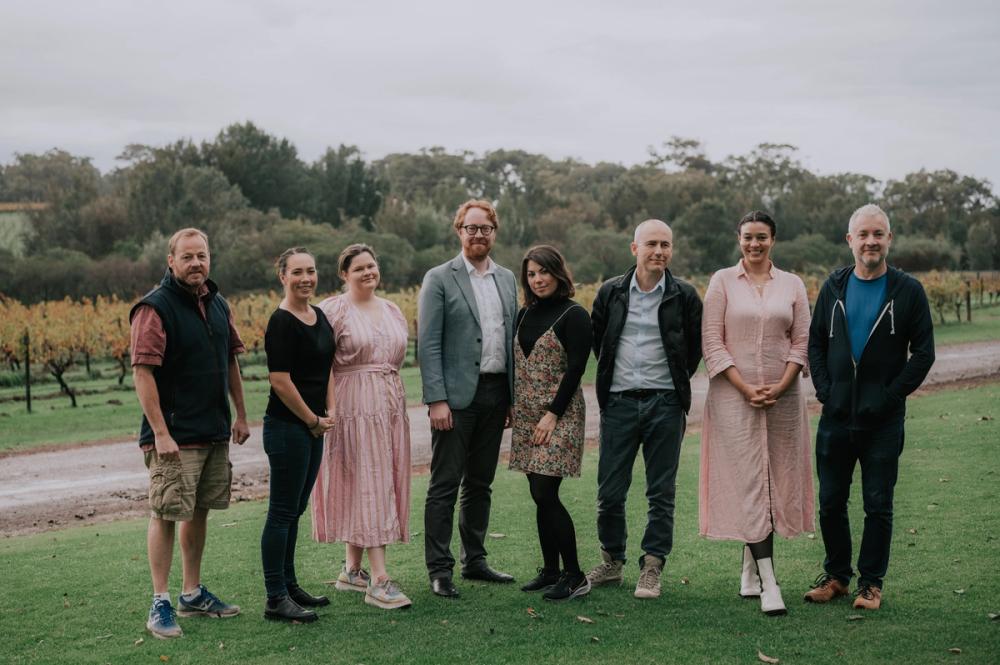
The team of leading UK wine buyers, writers and consultants who travelled to Margaret River to take part in the IWSC judging
Following the success of the IWSC’s global judging in the region in 2023, a fresh team was carefully assembled for 2024, representing the cream of the UK’s top buyers, wine service professionals and communicators, combining with their peers from Australia, overseen by Berkmann Wine Cellars’ buying director Alex Hunt MW, in his capacity as a member of the competition’s senior judging committee.
I have been a fan of the wines of Margaret River for some time, enjoying their trademark combination of freshness and complexity, but I had never actually made it to the region, which sits three hours drive south of Perth, the state capital, a five hour flight from Sydney.
Us ‘Poms’ sometimes forget that Australia is not just big, it is absolutely bloody enormous, and the state of Western Australia (WA) alone is 10 times the size of the UK. An isolated region, it’s a long journey but well worth the trek because Margaret River has a rugged beauty, even in the depths of winter.
While only the hardiest of surfers brave the breakers, off season, the ocean still beckons you, wherever you go.A revitalising deep breath fills your lungs with salty sea air, while also making sense of the wines, which tend to exhibit some distinctive maritime characteristics.
Remembering ‘the godfather’
Though the area has been home to the Wadandi aboriginal people for thousands of years and was ‘settled’ in the Victorian era, the first vines did not appear until a Perth cardiologist, Tom Cullity, became inspired by a seminal 1966 research paper from agronomist, Dr John Gladstones, who had examined the region’s suitability for viticulture. A revered figure, Dr Gladstones became known as the ‘godfather of Margaret River’ for spotting its potential and was made an Officer in the Order of Australia, the country’s highest honour, in recognition of his work.
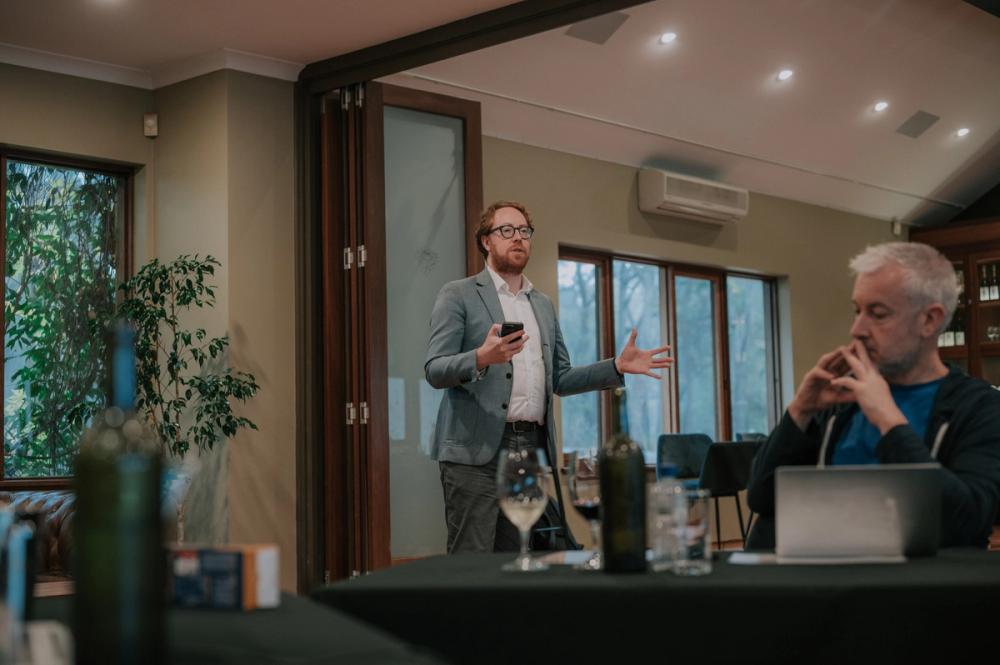
Berkmann's Alex Hunt MW helped oversee the IWSC Margaret River judging panel
Sadly he died, aged 92, just days before we arrived to conduct this year’s judging, with Hunt capturing the thoughts of the IWSC team: “We came to the region at quite a poignant moment in its history. Less than two weeks before, Dr John Gladstones, the man who first suggested this would be a verygood place to grow vines back in the 60s, passed away and that gave us a reminderof how young the region is - within one human lifespan it has attained a reputation that is very considerable worldwide - and also a chance to reflect on where it might go as it develops.”
After conducting his extensive research Dr Gladstones concluded that Margaret River was blessed with similar terroir to Bordeaux, which obviously explains the success of Cabernet Sauvignon, one of its dynamic duo of defining varieties, the other being a Burgundian import: Chardonnay.
While both grapes thrive alongside each other, there are actually more than 36 different varieties planted across the region, a fact noted by my fellow panel chair, Clara Rubin, head of wine at Hawksmoor Restaurants: “It has been really enlightening for me because in the UK, our perception is of a two variety horse race and it’s very clear that is simply not true.There has been some really exciting Chenin and also Fiano, to name just two.”
A medal haul
Over three days of judging, the tastings hosted at Clairault Streicker’s winery restaurant, a total of 240 medals were awarded to the wines of Western Australia, the majority to Margaret River, with nine golds, almost 90 silvers and more than 140 bronze medals.
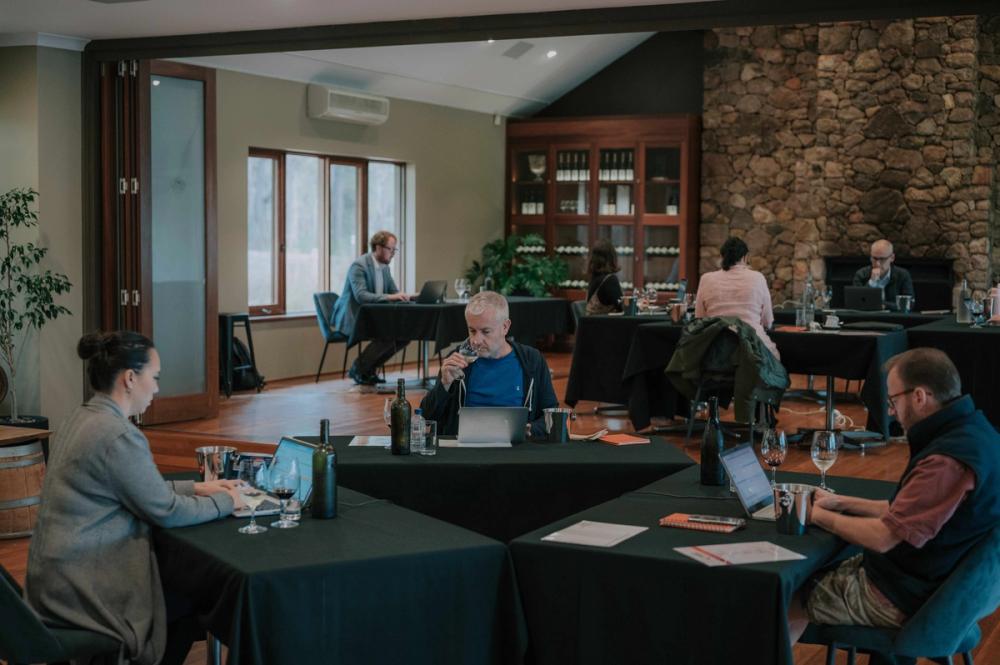
David Kermode and the rest of the IWSC Margaret River juding panel
When medals awarded in London are added, the gold tally rises to an impressive figure of 12, including wines from House of Cards, Flametree Wines, Fraser Gallop Estate, Lenton Brae, Fermoy, Coward & Black, Churchview Estate, Envoi Wines, Deep Woods Estate and Singlefile Wines (the latter from Denmark, WA).
Reflecting on the results, Hunt, said: “It has been very thorough (and) we have seen quite a diversity of approaches, styles and quality levels and in some cases some extremely high quality, but I have also been impressed by some of the styles that I did not expect to be tasting this week, and they have been delightful, and I’d like to think that gives a signal of where the region might turn in the future.”
Hunt said it was important to recognise the exacting nature of the IWSC, arguably the most rigorous judging process in the wine world: “There are some competitions that have a reputation for giving away a lot of medals, almost you might say, a medal for turning up, and (the IWSC) is not one of those. For us, even awarding a bronze medal implies a high level of quality, then when you go up to silver, necessarily that has to be a markedly different level of quality to differentiate itself.
“We’re looking for wines of texture and dimension, storytelling and originality, it’s a very high bar.We came away with a lot of silvers this year and those wines are all to be admired.And then there’s gold and those wines represent the pinnacle.”
Explaining the process, he added: “It is really an extension of what we aim to do when judging in London. We’re not looking to standardise taste, but we are looking to standardise standards of taste.So I see my role here in the same vain.”
Lessons from judging

The proximity to the sea on Australia's west coast helps give freshness and acidity to Margaret River's wines
Aside from recognising wines worthy of bronze, silver or gold, the IWSC is also focused on providing feedback to winemakers. Medal winners are given a tasting note, while those wines that do not make the grade are given an explanation from the judges.
As the medals were finalised, Hunt said:“The prevailing tendency here (for Chardonnay) is to block malolactic, sulphur early, and bottle within a year, I just wonder whether maybe that is capping its potential and it would be very interesting to see a few more examples that are allowed to mature longer on lees, with malo, maybe some of that in barrels.I have never felt that there has been a lack of acidity here, but sometimes it’s rather too high, so, a little bit more amplitude and free rein could be very exciting.”
“Cabernet is one of those grapes that at the moment is not super fashionable, even though a lot of people drink it, and it’s a grape that I love because, when well made, it has a wonderful sense of architecture, purity and structure, but with fruit at the core, and that’s certainly possible here, so I think maybe developing individuality within that is going to be the key. In some cases, I wondered if there would be more dimension and interest in the wines if they were limited to 80%, or even 75% (Cabernet Sauvignon),especially given the quality of the Cabernet Franc we have enjoyed here, and there’s Malbec as a blender as well, to give some more colour to the choir of Margaret River Cabernet.”
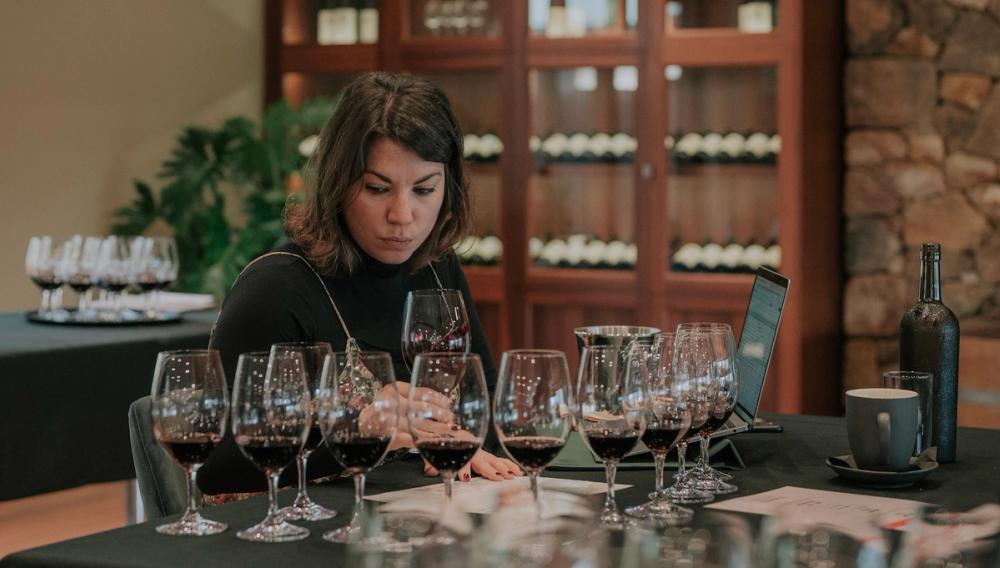
Hawksmoor's head of wine Clara Rubin was impressed by the premium wines and quality across the board in Margaret River
Reflecting the enlightening visits undertaken by the judging team - which included Voyager Estate, Cloudburst, Wayfinder, Vasse Felix, Wills Domain, Walsh & Sons and Cherubino, as well as a trip to the Geographe region further north - Rubin reflected on her own conversations with winemakers: “They are quite relieved and excited not to have to create these big commercial styles. That’s really encouraging, that’s the opportunity (because) we don’t want to see big commercial styles or heavy-handed winemaking, we want to see restraint and real finesse and those appear to be the wines that they want to make.”
Hunt concluded he was heading home with a conviction that the future is bright for Margaret River as it continues to find favour among fine wine lovers: “Margaret River is at its best when offering a fairly well defined, medium bodied, structured, fresh style (so) it’s right on the money for what we’re looking for at the moment in the UK.The blockbuster style has receded from the fashion of the day (and) there is a natural restraint and finesse that can be found in the wines that people will enjoy … The region has proven itself, it’s top tier, now it’s time to get into the details and to imagine and dare to dream.”
David Kermode is a judge and ambassador for the IWSC.The full results of the 2024 Margaret River/Western Australia judging can be seen here.


